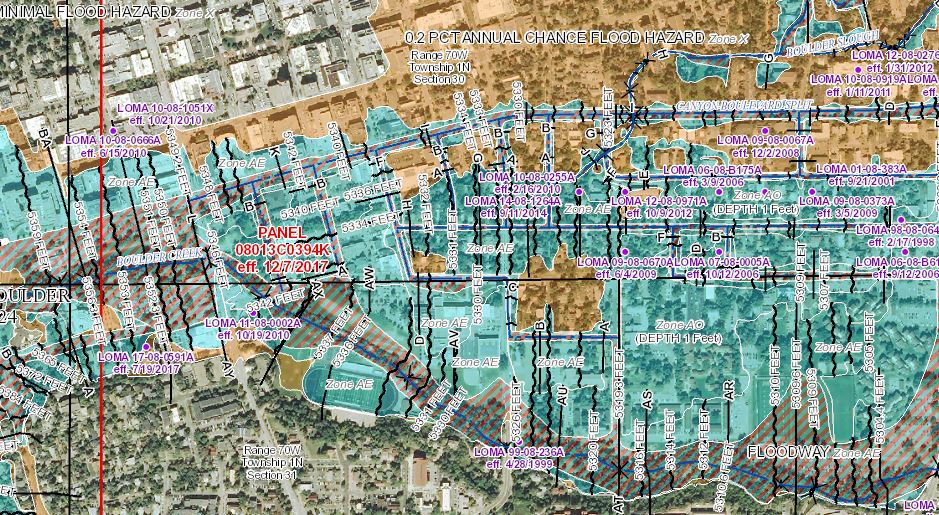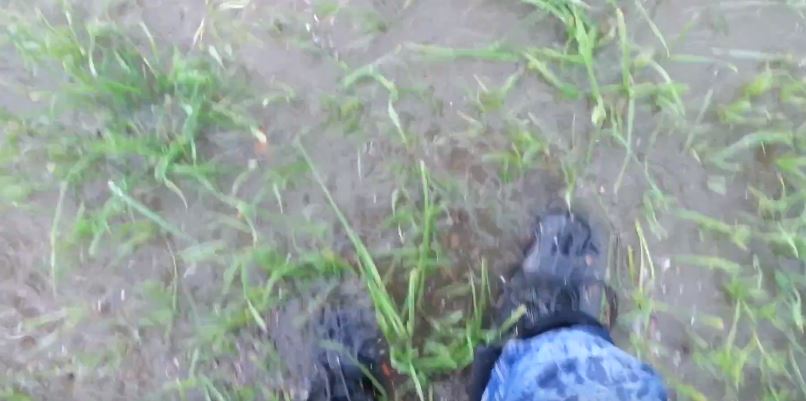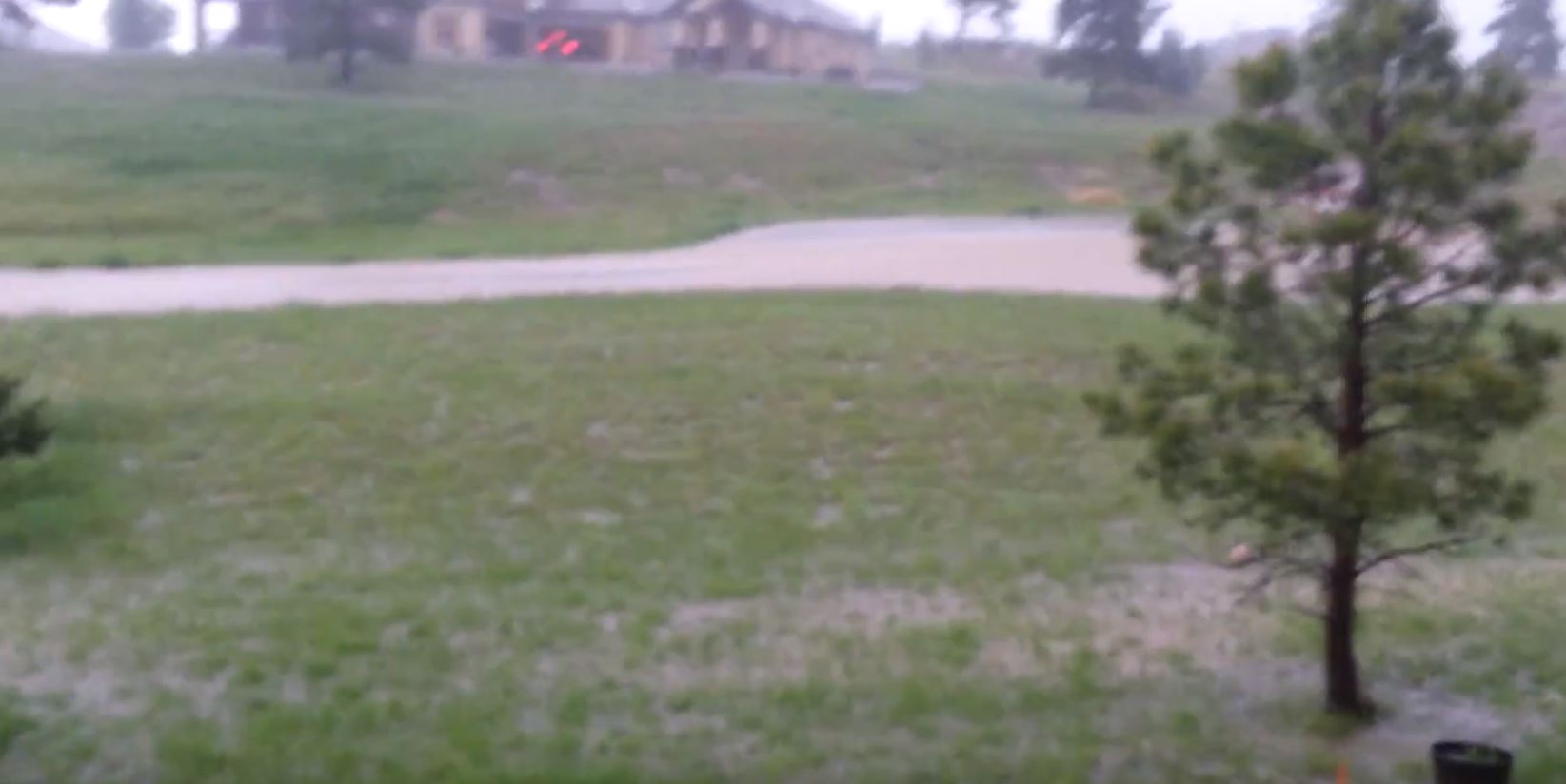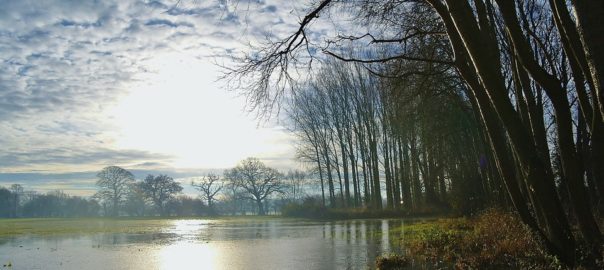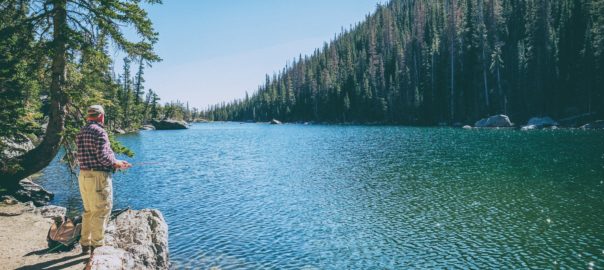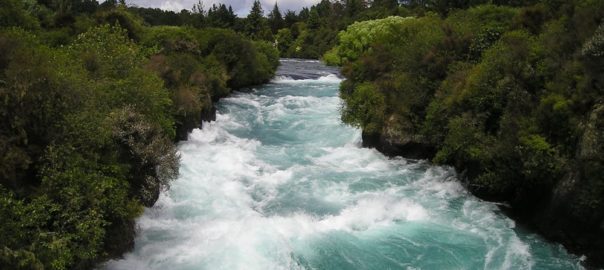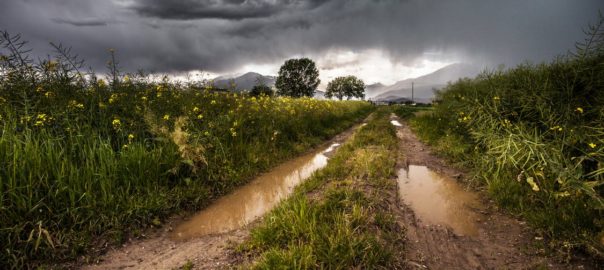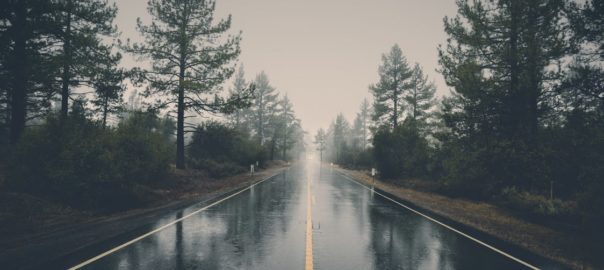Flood Insurance Coverage
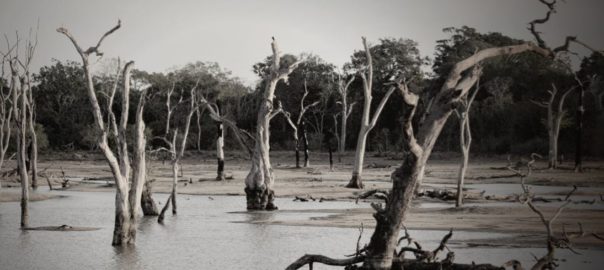
Hello there. If you’ve come to this post out on the big wide world web, you were probably curious about flood insurance and flood insurance coverage. Now, most homeowners in the United States simply don’t carry flood insurance, and while I personally think that’s not the best idea, it is the reality. Those who do carry flood insurance coverage are likely to be required by their mortgage provider to carry it.
Flood insurance became a pressing issue after 1927 during the infamous 1927 Mississippi River flood, in which 27,000 square miles were covered with water, 246 people died and more than 700,000 people were displaced. The federal government then began taking an interest in protecting homeowners from flooding disasters, and the Flood control act of 1928, which charged the army corp of engineers to re work major rivers with various levees, channels and drainage control measures designed to control overflow of the nation’s rivers.
Continued development of homes and businesses within flood plains, however, forced the 1968 US congress to implement the National Flood Insurance Act, creating the NFIP as we know it today (National Flood insurance program)
the NFIP had 4 major goals:
- To emphasis less costly non structural flood control measures
- Reduce federal disaster costs, shifting the burdon from all taxpayers to those who were land owners in flood plains
- Provide homeowners with affordable flood insurance coverage
- Encourage communities to take action on the local scale to reduce likelihood of flooding damage and mitigate new construction from the risk of future flooding events.
As of the year 2012, there are over 5 million national flood insurance policies active nation wide.
The NFIP, however, has been battered by payouts from major flooding and hurricane disasters, especially after the most well known flooding disaster in the United States, Hurricane Katrina in 2005. As such, premiums for flood insurance have increased and in some situations are increasing at a rate of 25% each year.
Many people are now looking outside of the National Flood Insurance Program for their flood insurance coverage. Here at Save Flood Insurance Agency Inc, we have partnered with some of the best private flood insurance companies in the world, and strive to provide an excellent flood insurance coverage product at an affordable price.
Our flood insurance coverage policies meet all the same federal requirements for Lenders, just like an NFIP policy would, but they are often up to 50% less expensive in yearly premiums.
If you’re looking to get a quote for flood insurance coverage, fill out the form below.


